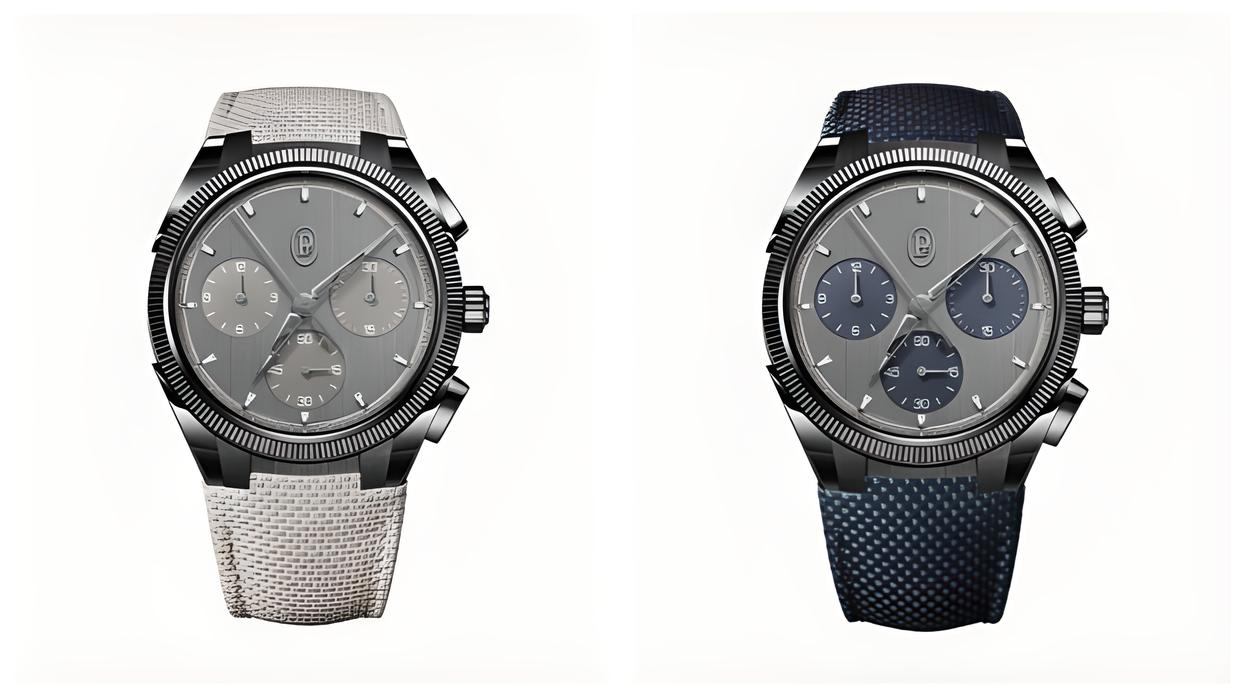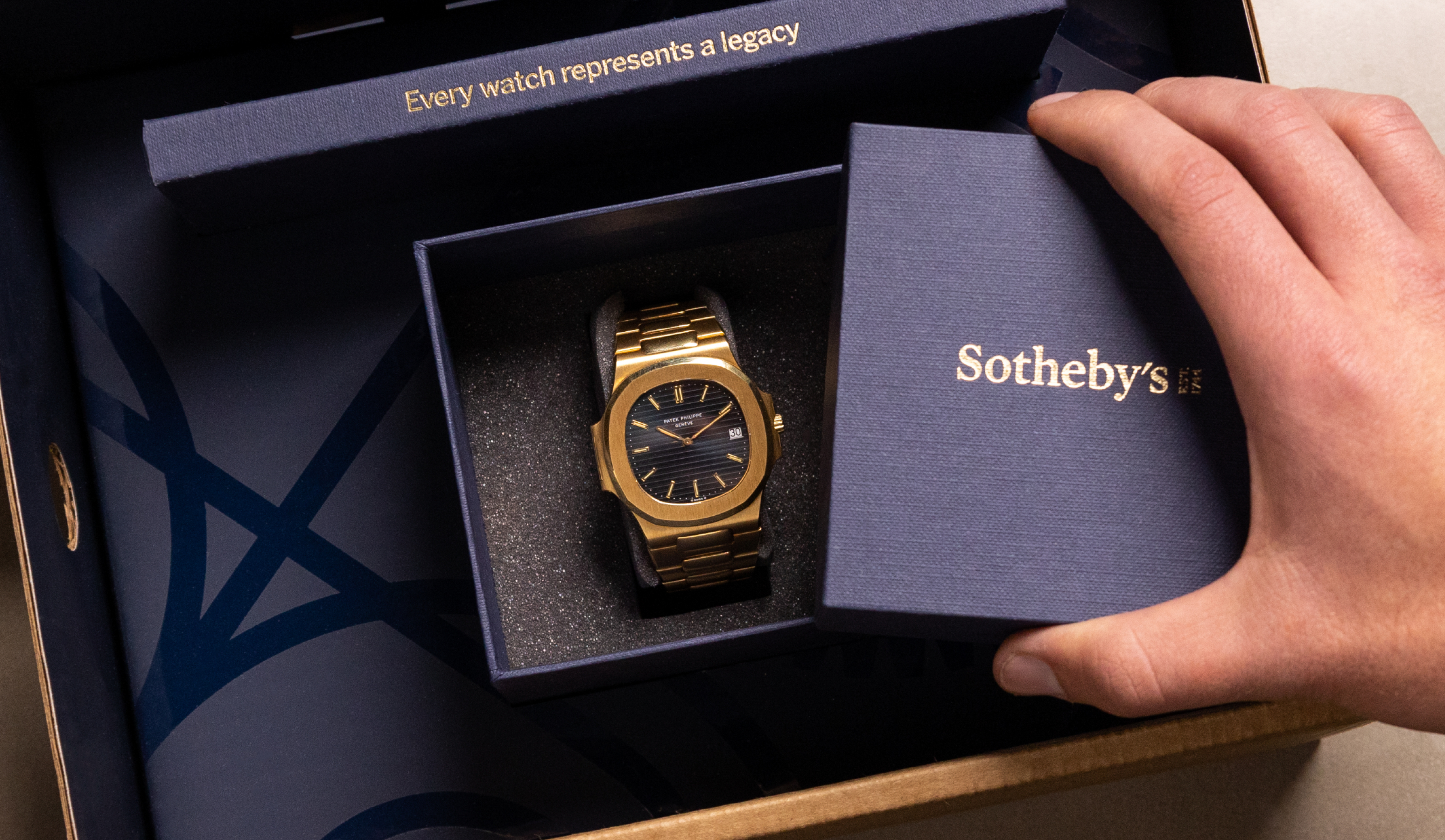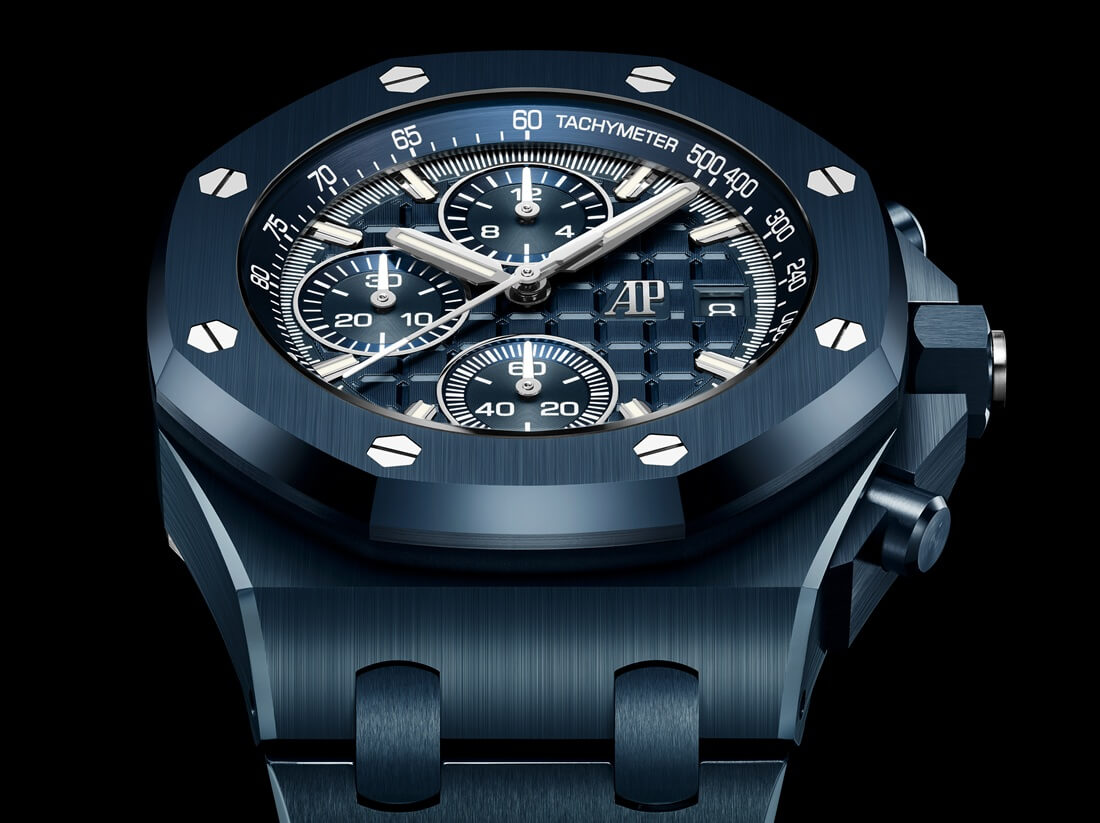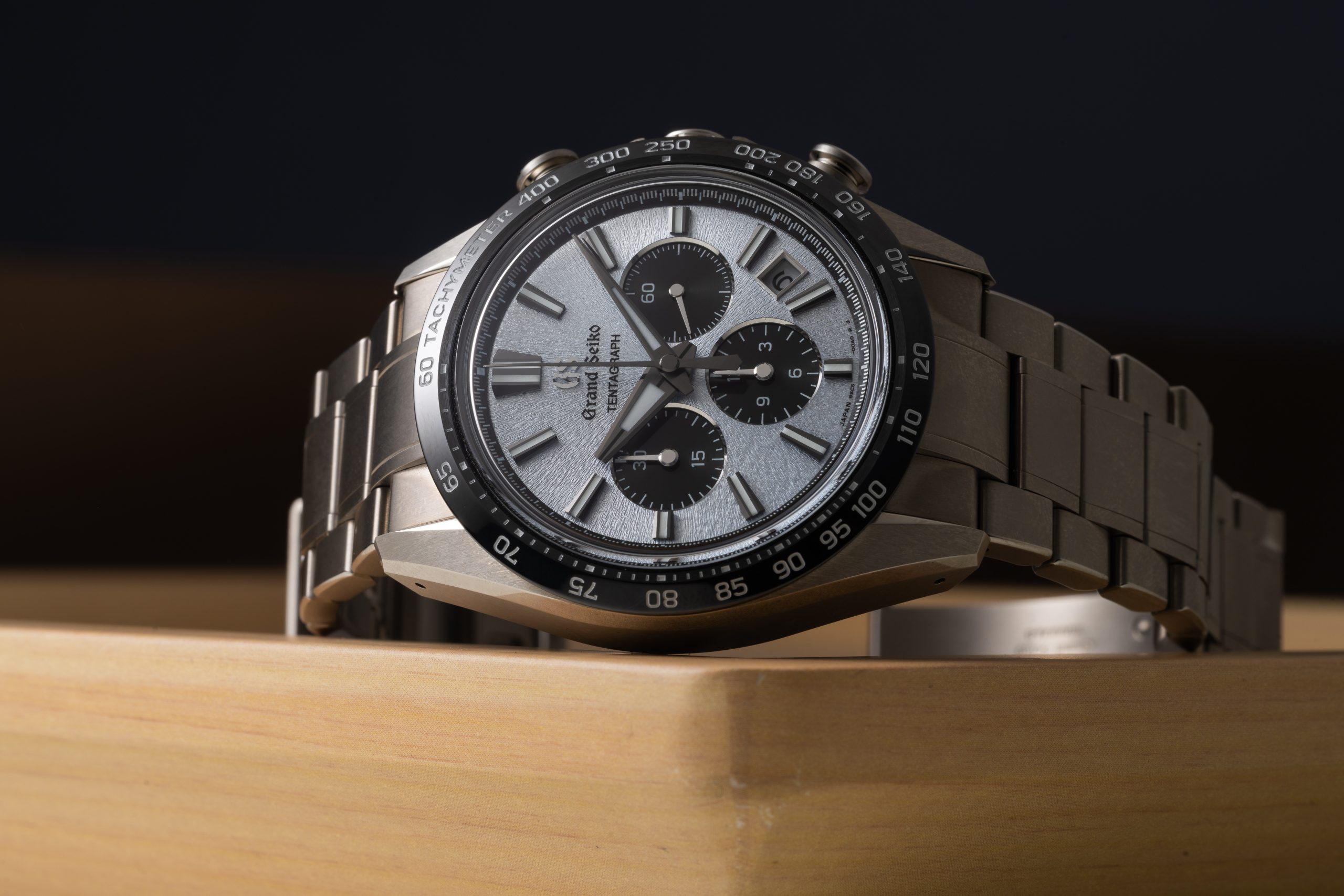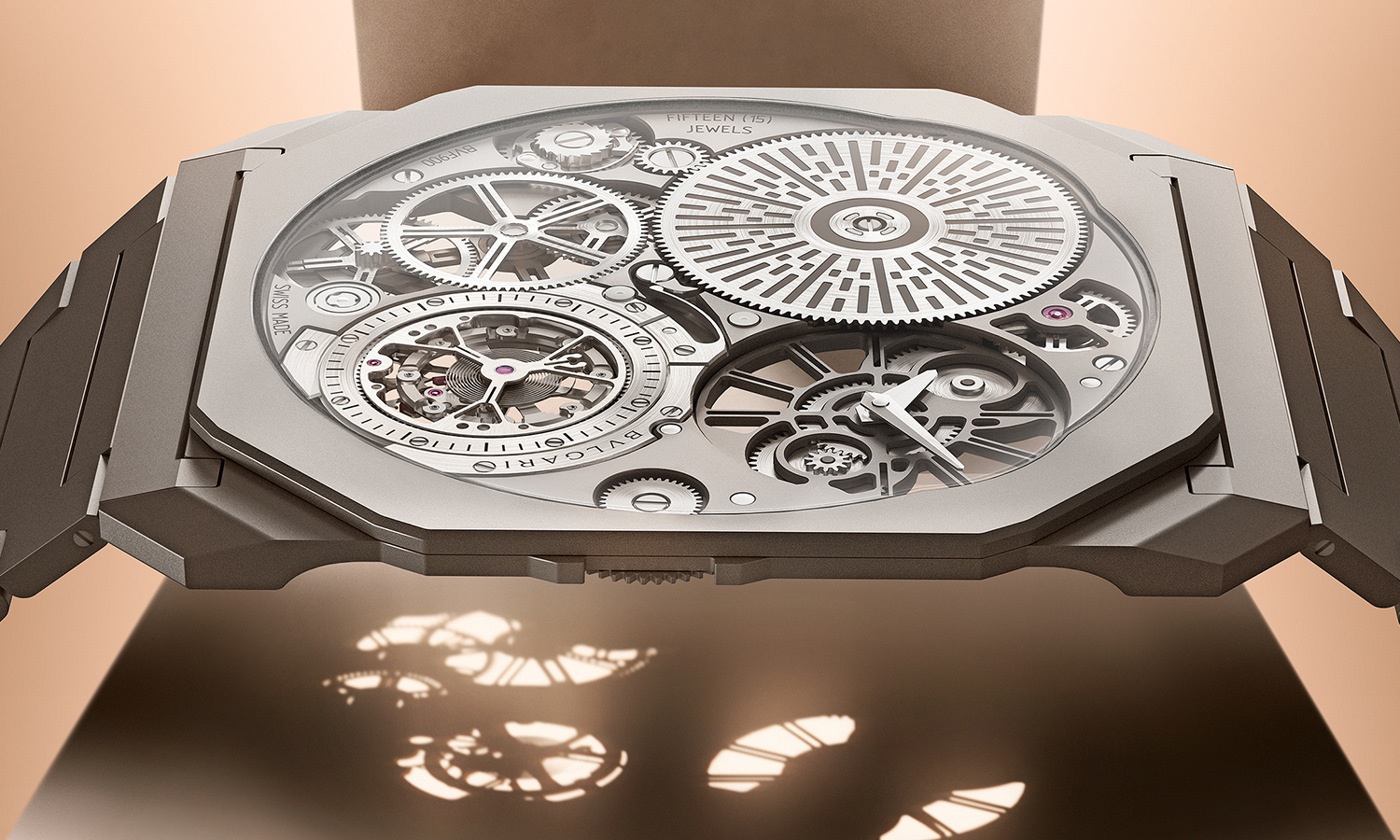
Ballet Mechanique: The Urwerk UR-210 “Maltese Falcon”
Urwerk, like the legendary Black Bird after which they’ve named their latest watch, is a true rara avis –not only is it one of the very few watchmaking firms that’s creating unusual designs that are really successful, and not just exercises in shock or novelty, it’s also one of the few independent watchmaking houses to enjoy survival. That’s not to say that Urwerk is merely surviving –they’re flourishing, in fact, in the limelight of their own success –but the fact remains that for those watchmakers who remain free of ties to the Goliath luxury groups, there is a price for freedom, which is a very high risk associated with each new design. One great new design can make your name; one bad one –or one that, for whatever reason, just doesn’t strike a chord with collectors –can, literally, sink you.
Urwerk’s success is all the more remarkable because all their designs are re-interpretations of a kind of timepiece that’s centuries old: it’s the so-called “wandering hours” complication, in which, instead of hands, a number showing the current hour moves across an arc on the watch face, displaying the hour and acting as a minute hand as well. In all of its watches, Urwerk deconstructs and re-imagines this format for presenting time. An ordinary watch, with its hands moving around a fixed dial, reflects the human experience of time as something unchanging and eternal through which we brief mortals move; an Urwerk watch, on the other hand, seems to somehow make time, not a passive spectacle, but a pas de deux.
That philosophy of the experience of time as a collaboration between man and machine’s reached a new level of both clarity and complexity in the UR-210. The eye’s drawn first, of course, to the enormous retrograde minute hand, in which is nested Urwerk’s signature hour carrousel; as time passes, the hour travels across the arc of the dial framed by the minute hand, and when the hour ends, the minute hand “flies back” and picks up the next hour indication, handing off one hour to oblivion as the next begins.
The interactivity built into the watch comes in the form of a world-first complication: a winding efficiency indicator at 11:00 (there’s a power reserve indicator at 1:00.) This tells the owner how efficiently the automatic winding mechanism –the UR-210 is a self-winding watch –is working; if you’re moving actively it’ll be in the green; if you’re not, it’ll gradually drift into the red zone. Here’s the kicker: the owner can adjust the winding mechanism via a three position switch on the case back: FULL, for maximum efficiency if you’re not moving much; REDUCED, if you are (which also saves wear on the winding mechanism) and STOP, which disables the automatic winding mechanism completely.
The UR-210 is poetry in motion, but it’s also the vehicle for the most intimate complication yet –one that really makes it, as detective Sam Spade said, “the stuff that dreams are made of.”
The Urwerk UR-210 in titanium and steel is 43.8mm wide and 53.6mm long. Special materials used in the movement include ARCAP P40 (a magnetism resistant copper/nickel alloy) aluminum, and grade 5 titanium. Special winding efficiency indicator with three-way control dial on the caseback.
 SIGN UP
SIGN UP




